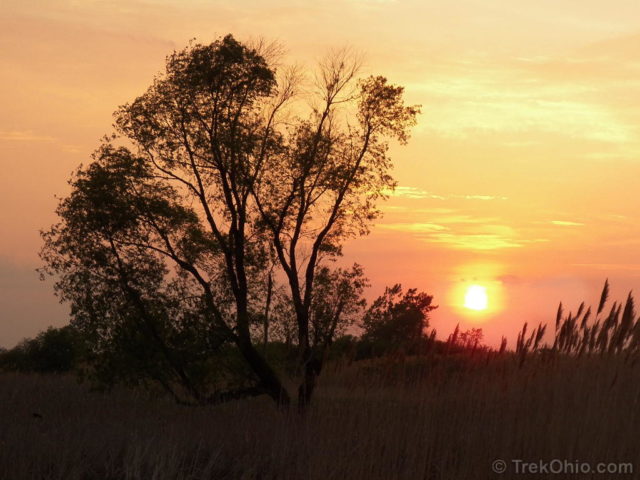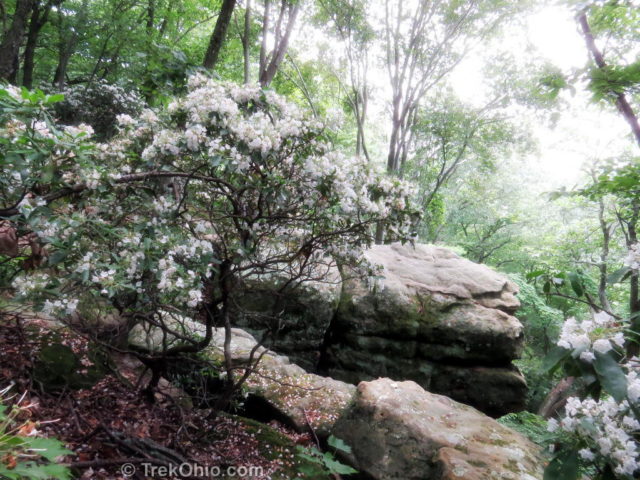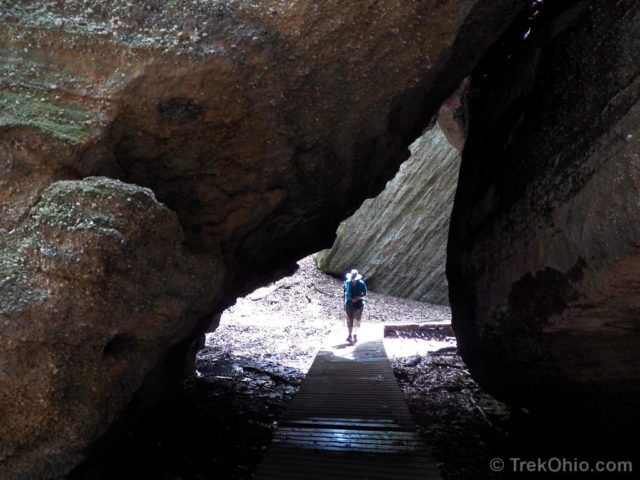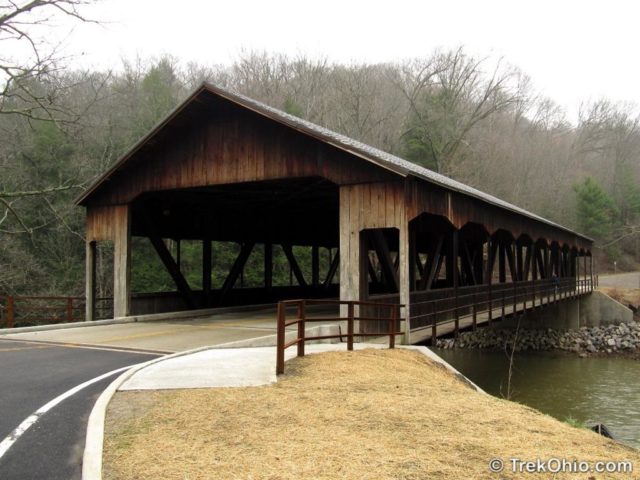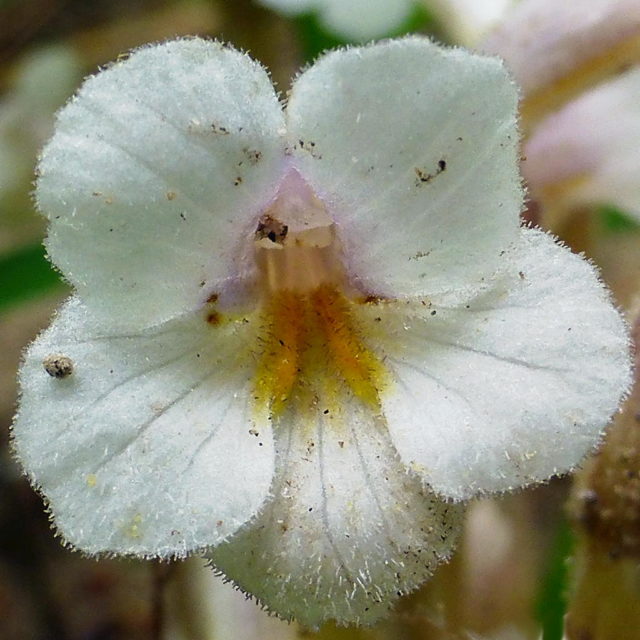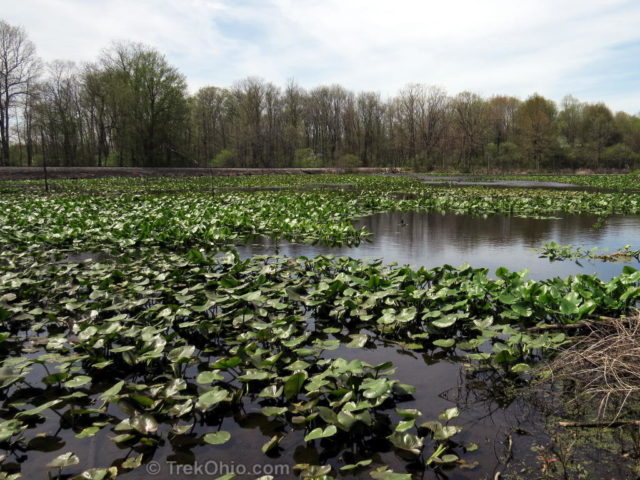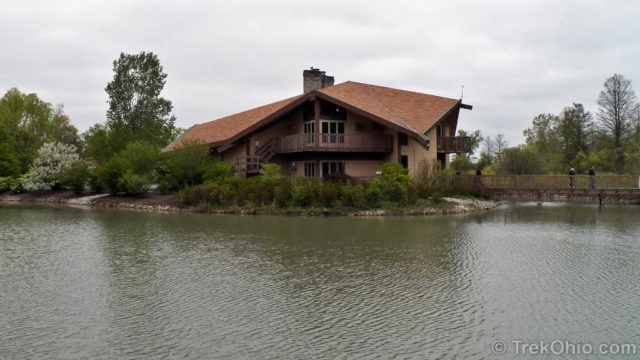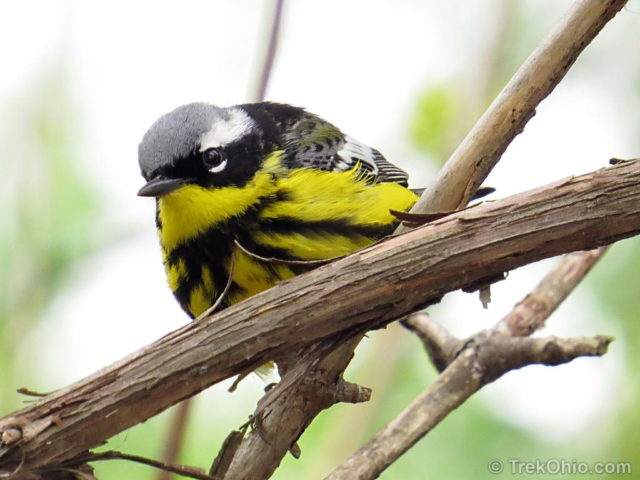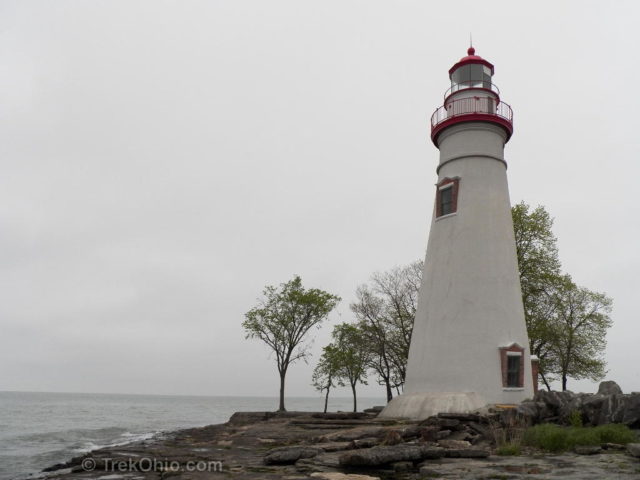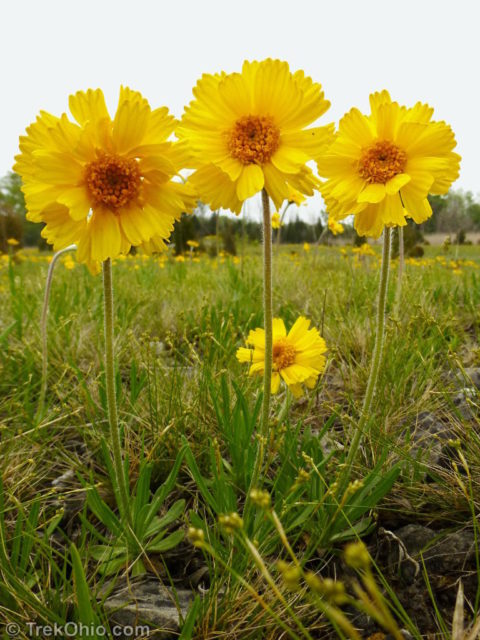Because Maumee Bay State Park is the site of one of our state’s lodge and conference centers, it offers a number of recreational opportunities. But as a nature lover, one of my favorite activities there was walking the 2-mile boardwalk through a wetland bordering Lake Erie. We visited in May while staying in the lodge. Our strolls along the boardwalk were relaxing and peaceful. They were also an opportunity to do some birdwatching and to see other wildlife like deer.
